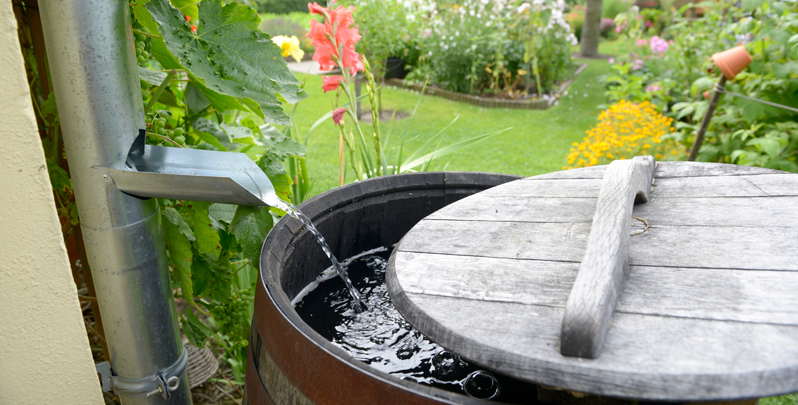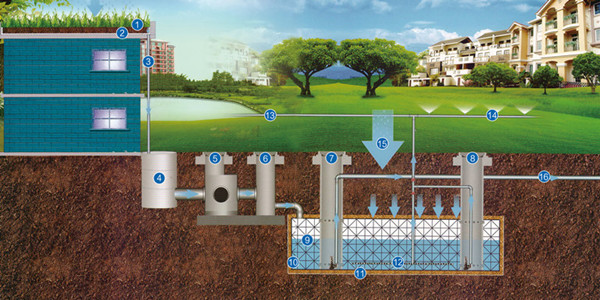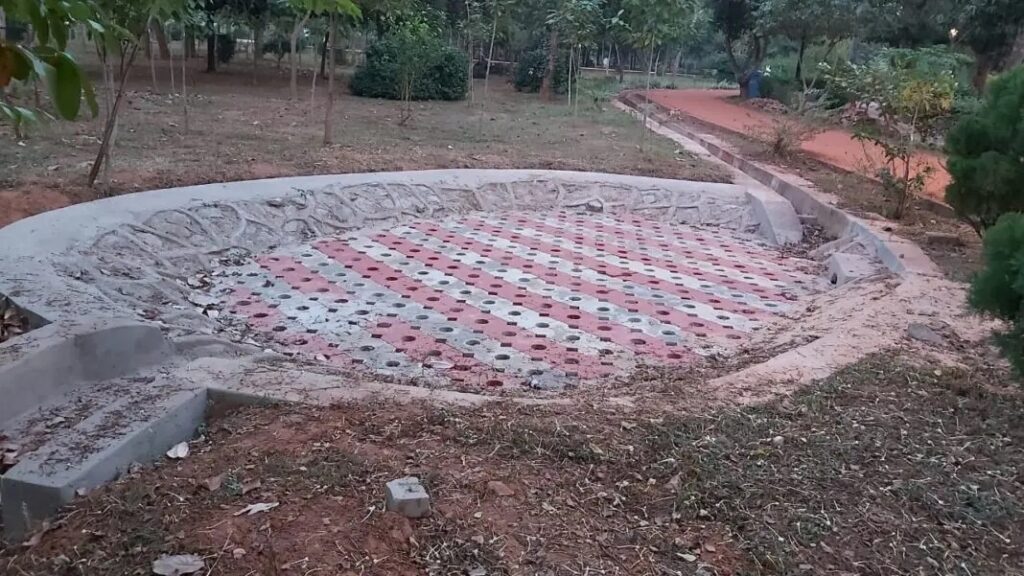
Introduction:
Rainwater harvesting has emerged as a sustainable solution to mitigate water scarcity issues in India, particularly in urban and peri-urban areas where water resources are under increasing pressure. Innovative designs tailored for Indian households not only conserve water but also contribute to environmental sustainability and reduce reliance on external water sources.
Rooftop Rainwater Harvesting Systems:
One of the most widely adopted rainwater harvesting methods in Indian homes is rooftop harvesting. The method involves collecting rainwater from rooftops and redirecting it into storage tanks or underground reservoirs. Several innovative designs enhance the efficiency and effectiveness of rooftop harvesting:
Rainwater Collection Channels: These channels are installed along the edges of rooftops to collect rainwater and divert it towards storage tanks or filtration systems. They prevent water runoff and maximize collection efficiency.
Filtration Units: Filtration systems such as mesh filters and first flush devices are used to remove debris, leaves, and other contaminants from rainwater before it enters storage tanks. This ensures that harvested rainwater is clean and suitable for various uses.
Modular Storage Tanks: Compact and modular storage tanks are designed to fit into small spaces, making them ideal for urban homes with limited rooftop area. These tanks can be connected in series to increase storage capacity as needed.
Gravity-Based Distribution Systems: Gravity-based systems use the natural flow of water to distribute harvested rainwater to different parts of the house or garden. This minimizes the need for electric pumps and reduces energy consumption.

Underground Storage Systems:
In regions where space constraints prevent above-ground tank installation, underground storage systems are a practical alternative. These systems involve excavating a pit beneath the ground and installing a waterproof tank or reservoir to store harvested rainwater. Innovative features include:
Infiltration Systems: Infiltration pits or trenches are designed to allow rainwater to percolate into the ground slowly, recharging groundwater levels and preventing waterlogging.
Modular Underground Tanks: Similar to above-ground tanks, modular underground tanks can be interconnected to create a larger storage capacity while occupying minimal surface area.
Pump-Assisted Retrieval: Submersible pumps are used to extract stored rainwater from underground tanks for various domestic and gardening purposes. These pumps can be integrated with automated systems for efficient water distribution.
Integrated Systems for Urban Gardens:
Urban households often incorporate rainwater harvesting into gardening and landscaping practices. Innovative designs are created to address the specific requirements of urban gardeners.
Drip Irrigation Systems: Harvested rainwater is connected to drip irrigation systems that deliver water directly to plant roots, minimizing water wastage and promoting plant growth.
Vertical Garden Integration: Vertical gardens utilize harvested rainwater stored in compact tanks or vertical pipes to nourish plants grown in small spaces such as balconies or walls.
Smart Water Management Systems: IoT-enabled sensors and controllers monitor soil moisture levels and adjust water flow based on real-time data, optimizing water use efficiency in urban gardens.

Community-Based Rainwater Harvesting Projects:
In addition to individual households, community-driven rainwater harvesting projects have gained momentum in urban areas. These projects often employ innovative designs such as:
Shared Storage Facilities: Community centers or apartment complexes install centralized rainwater harvesting systems with shared storage facilities to cater to multiple households.
Educational Workshops: NGOs and local authorities conduct workshops to educate residents about rainwater harvesting techniques and encourage community participation in sustainability initiatives.
Green Infrastructure: Incorporating green roofs and permeable pavements in community spaces promotes natural rainwater infiltration and reduces storm water runoff, benefiting the entire neighborhood.
Conclusion:
Innovative rainwater harvesting designs tailored for Indian homes not only address water scarcity challenges but also promote sustainable water management practices. By adopting these creative solutions, households contribute to environmental conservation, reduce dependence on external water sources, and enhance resilience to climate change impacts. As awareness grows and technology advances, the future holds promise for further innovations in rainwater harvesting that will continue to benefit communities across India.


